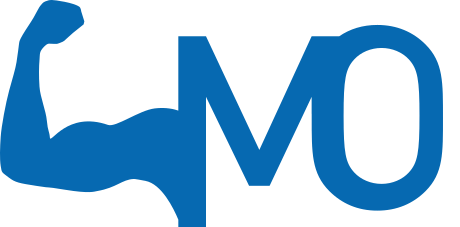Knee mobility exercises are a powerful instrument in improving improper function of the knee and resulting knee pain or knee stiffness. Always consult a healthcare professional before beginning an exercise to determine which knee exercise is right for you.
Always consult a therapist first, to determine if this low back exercise is good for you. If you don't have a therapist yet, please find one near you by using our therapist map.
Understand your neutral posture. Most of the exercises start in a neutral posture. Please read about the importance of posture before starting with any exercise. Click here for more information about posture.
List of conditions which could have benefit from this knee exercise
A diagnosis or knee exercise prescription for the following conditions could only be done by a medical doctor or your healthcare professional . This list has merely been given to discuss with your therapist.
- Mechanical knee pain
- Knee bursitis, knee tendinitis, knee sprain, knee strain, knee arthritis. Knee medial meniscus injury, knee lateral meniscus injury, lateral collateral ligament sprain, medial collateral ligament sprain, anterior cruciate sprain, posterior cruciate sprain.
- Running Knee Pain, Osgood Schlatters, knee osteoarthritis
General tips for knee exercises
- Frequency: These balance exercises are effective for knee stability and create ‘awareness of your knee. The frequency depends on your goal. Doing more exercises than daily is not always necessary. Please discuss this with your healthcare professional .
- Combine: Instead of focusing on just one exercise, combine similar exercises for a more powerful effect.
- Knee pain: Pain is a warning signal… Never ignore pain. Knee exercises should be done with care as they may worsen your issue. Do not continue with this exercise if you experience knee pain. Ask your healthcare professional for more information.
- Speed: Do not rush. This knee exercise should be done slowly.
- Stay Alert: Think about each movement involved in the knee exercise rather than just getting the exercise done.
- Overuse: Knee pain is most commonly the result of overuse and repeated or prolonged movements of the knee muscles, tendons, ligaments or joints. This overuse can result in a strain (muscle injury), a sprain (ligament injury), or inflammation of the joint.
- Risk factors: Risk of knee injury increases with age. The knees or knees are often injured as a result of instant trauma or gradually because of "wear and tear." Osteoarthritis is the most common cause of pain in the knees in people over the age of 55. Overuse is the most common cause in younger people.
Did you know?
Knee pain is very common and can affect people of all ages. The most common sources of knee pain are bony structures, ligaments; e.g., cruciate ligaments and cartilage; e.g., meniscus.


